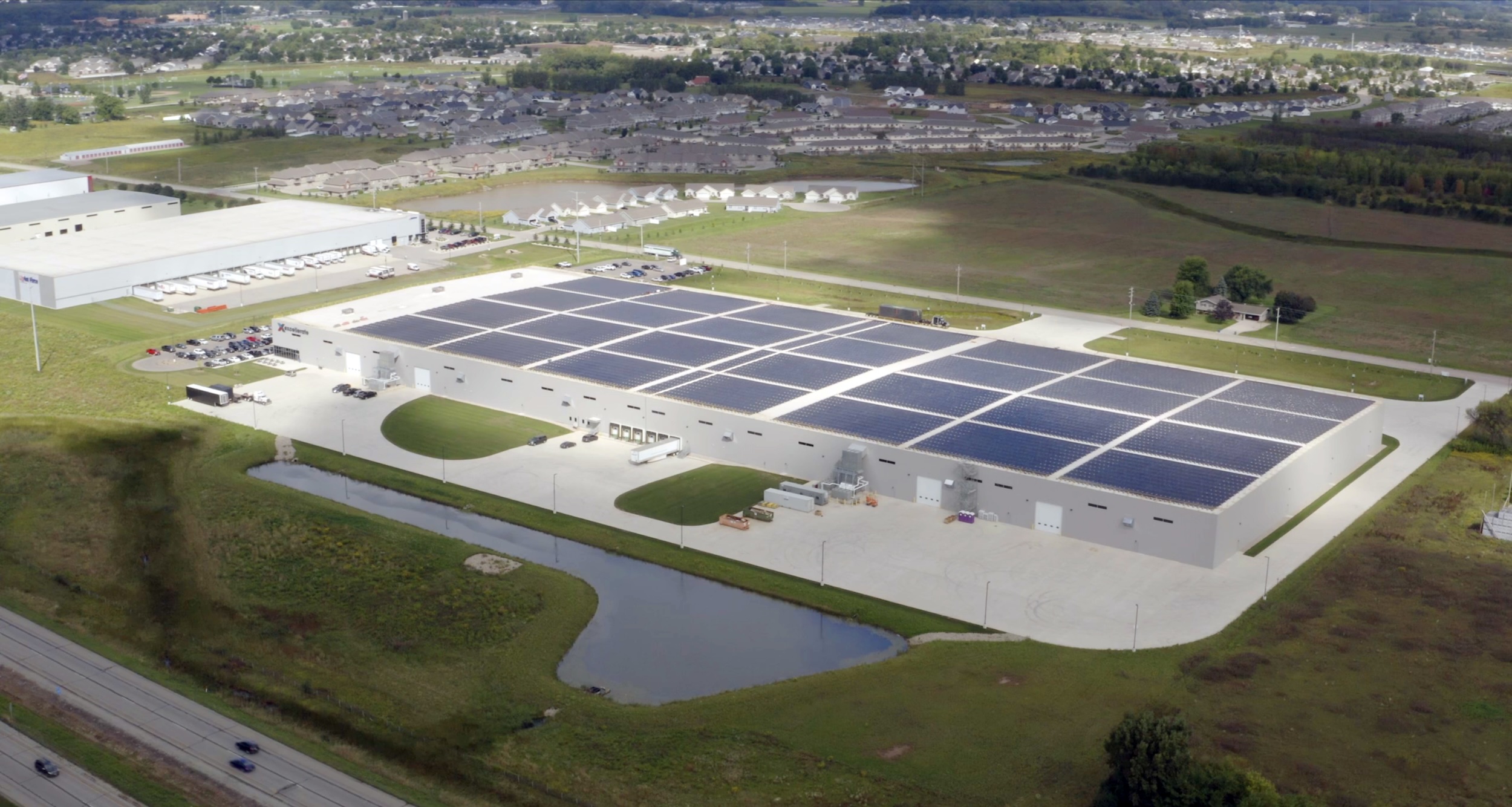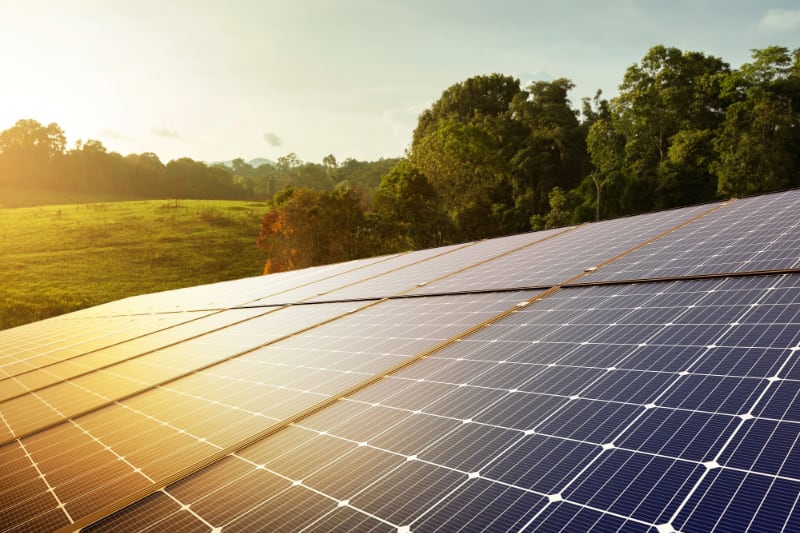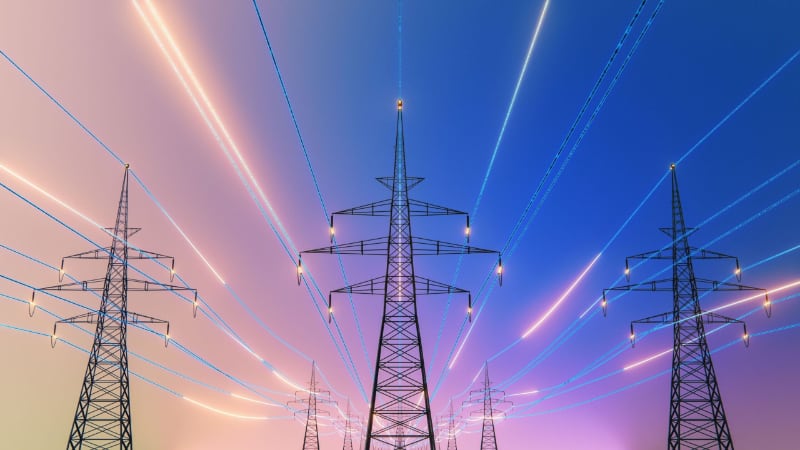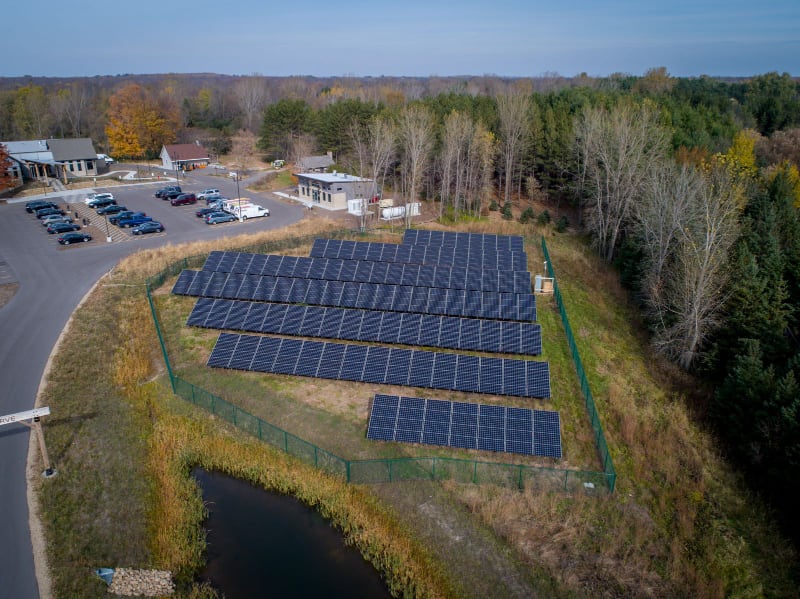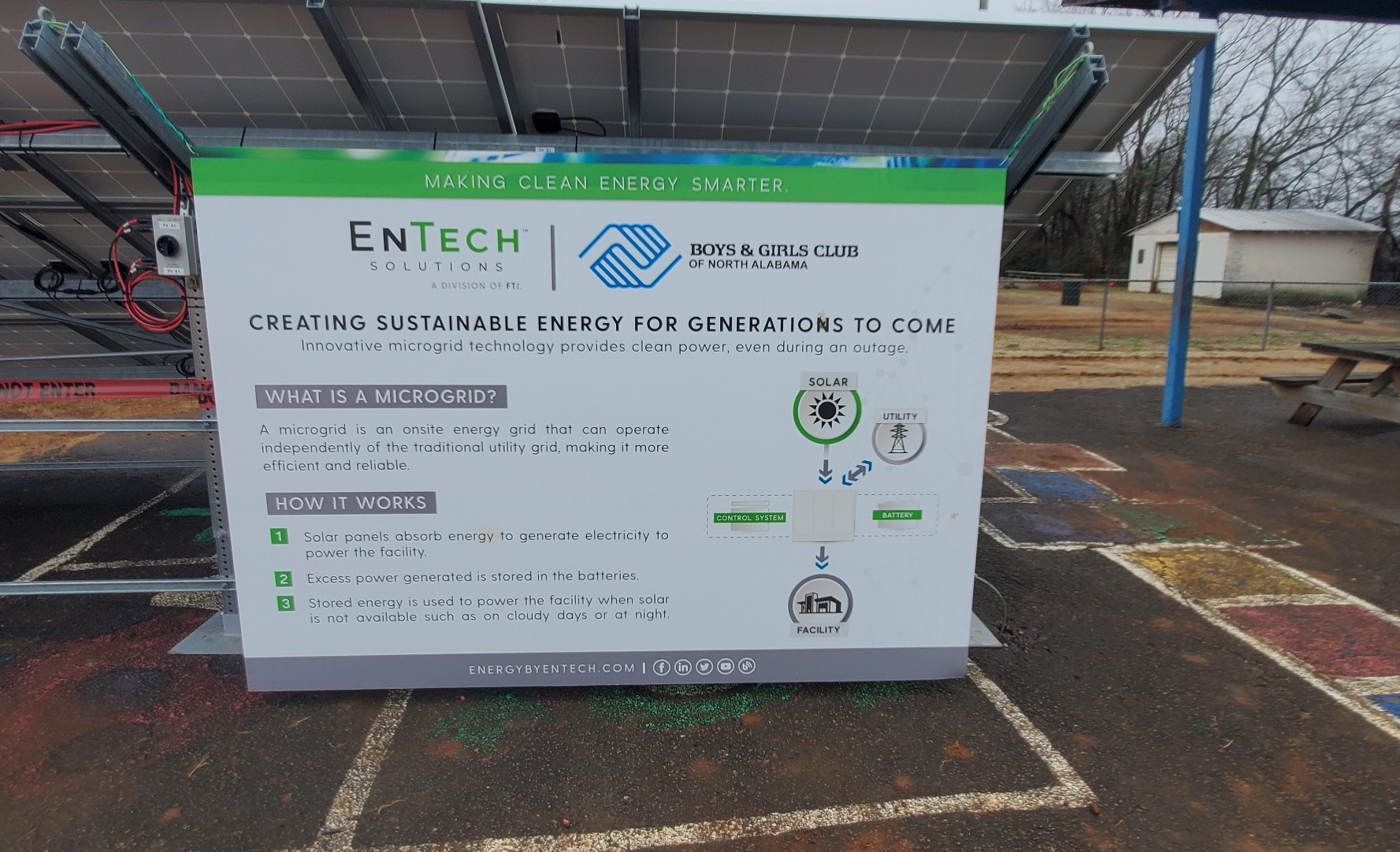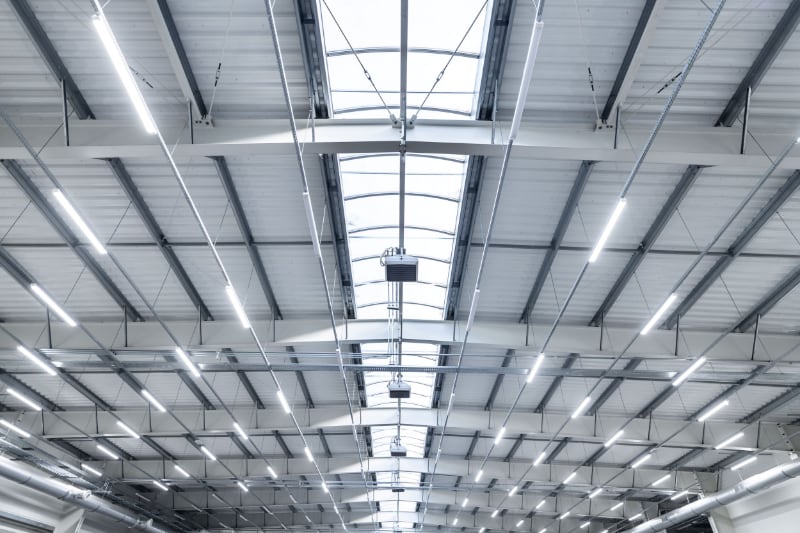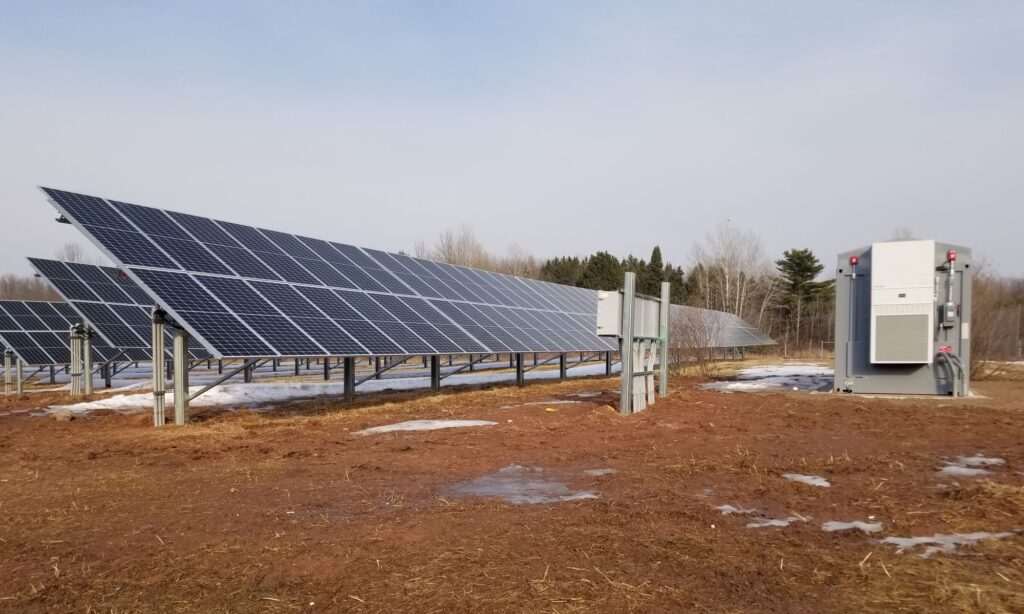
We know energy modeling is important for distributed energy projects. Traditionally, distributed energy modeling and sizing is done based on the financials of offsetting the utility costs. This is done to ensure the customer gets the best possible financial return on their investment. What is often overlooked is the fact that the reason we are executing the distributed energy project in the first place is, at least in part, due to the sustainability benefits. However, these sustainability benefits are hard to quantify and so they are often left out of the sizing analysis and maintained only as a “soft” benefit.
As the distributed energy market becomes more advanced, we now have a way to quantify the sustainability benefits. Adding a price on carbon (both generated and avoided) to your modeling allows you to optimize the system for both utility savings as well as sustainability, side by side. This adds a layer of complexity, but it can be the key to identifying, selecting and deploying the correct assets.
Below are some of the additional factors needed to consider for this type of modeling:
- Local grid carbon intensity.
- Your baseline financial goals (before considering sustainability benefits).
- The different technologies you could deploy.
- What you will be able to self-consume onsite and/or pushback to the utility.
There are several ways this can improve your outcome. First, if you are looking across a portfolio of sites, putting an internal price on carbon can help you compare projects on level ground and find the best one to meet your sustainability goals. In this way, putting an internal price on carbon is similar to having an internal cost of capital that is used to evaluate all capital expenditure projects. Companies with aggressive sustainability goals should ensure they are putting their financial resources to work in the best way possible to hit these goals. Modeling their projects, including a price on carbon, helps them find the most effective assets.
A price on carbon can also be useful when considering self-generation projects vs. purchasing credits or offsets. While these off-site options typically come at a lower total cost, they don’t bring all the benefits of on-site generation, such as hedging against energy inflation, adding resilience, etc. Adding a carbon price to your on-site distributed energy modeling will put on- and off-site projects on the same footing for intelligent decision making.
If you want to start modeling your projects this way, it’s important to work with a company that has experience in evaluating the carbon intensity (CI) impact of projects. It’s a new paradigm in how we approach distributed energy projects and requires a new set of tools to properly analyze. FTI is a leader in not only performing this modeling but also executing the eventual project and managing the assets over their long life; contact us today to learn more.
If you enjoyed this blog article, please subscribe to stay up to date on the latest industry news from our experts at FTI.



